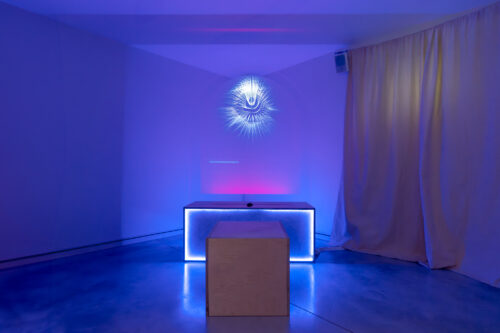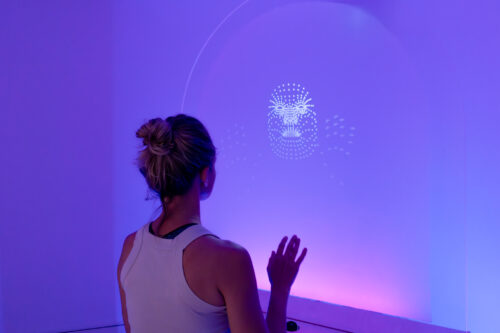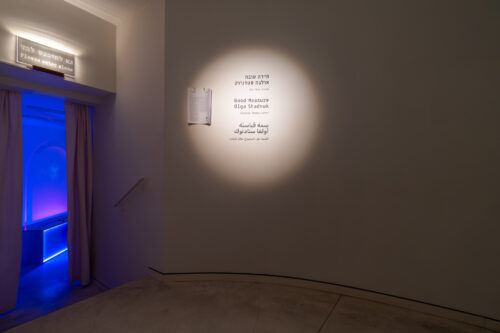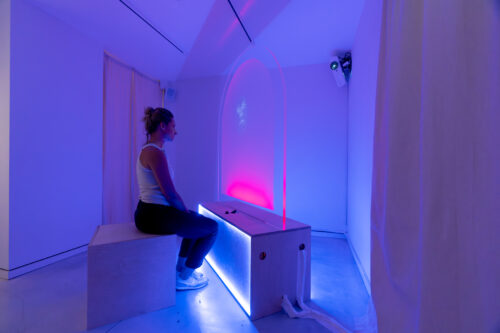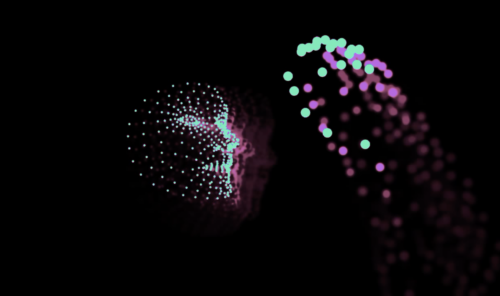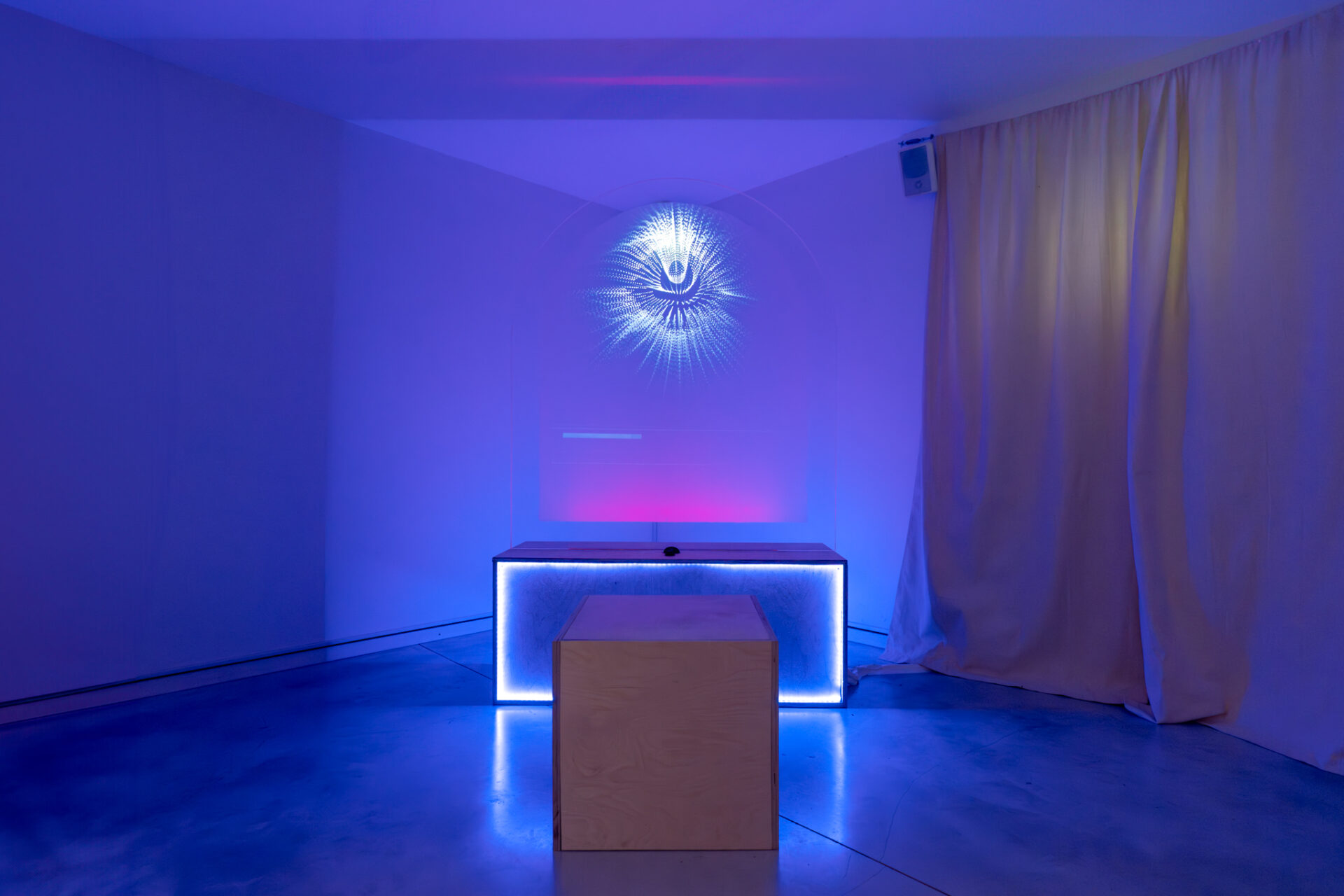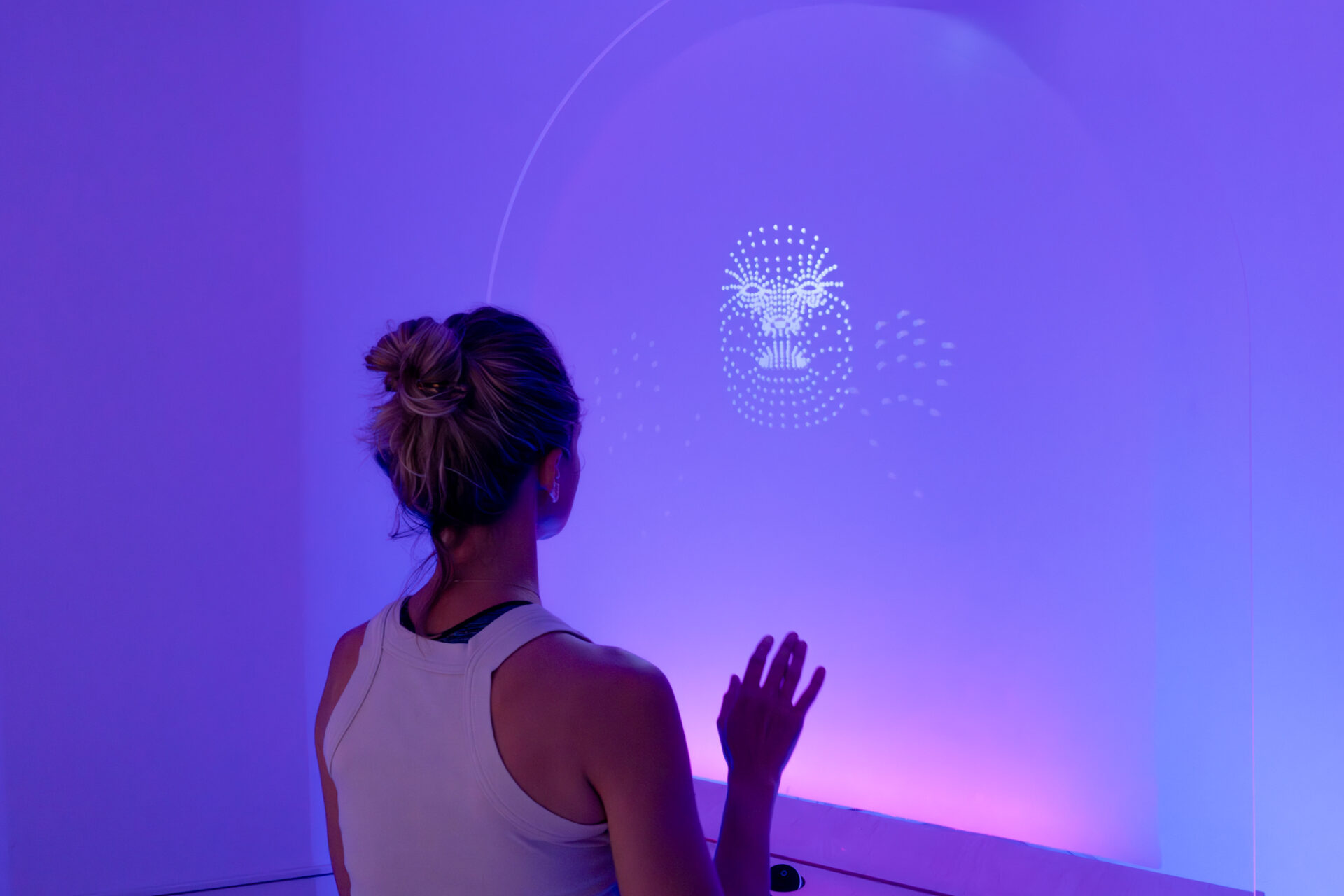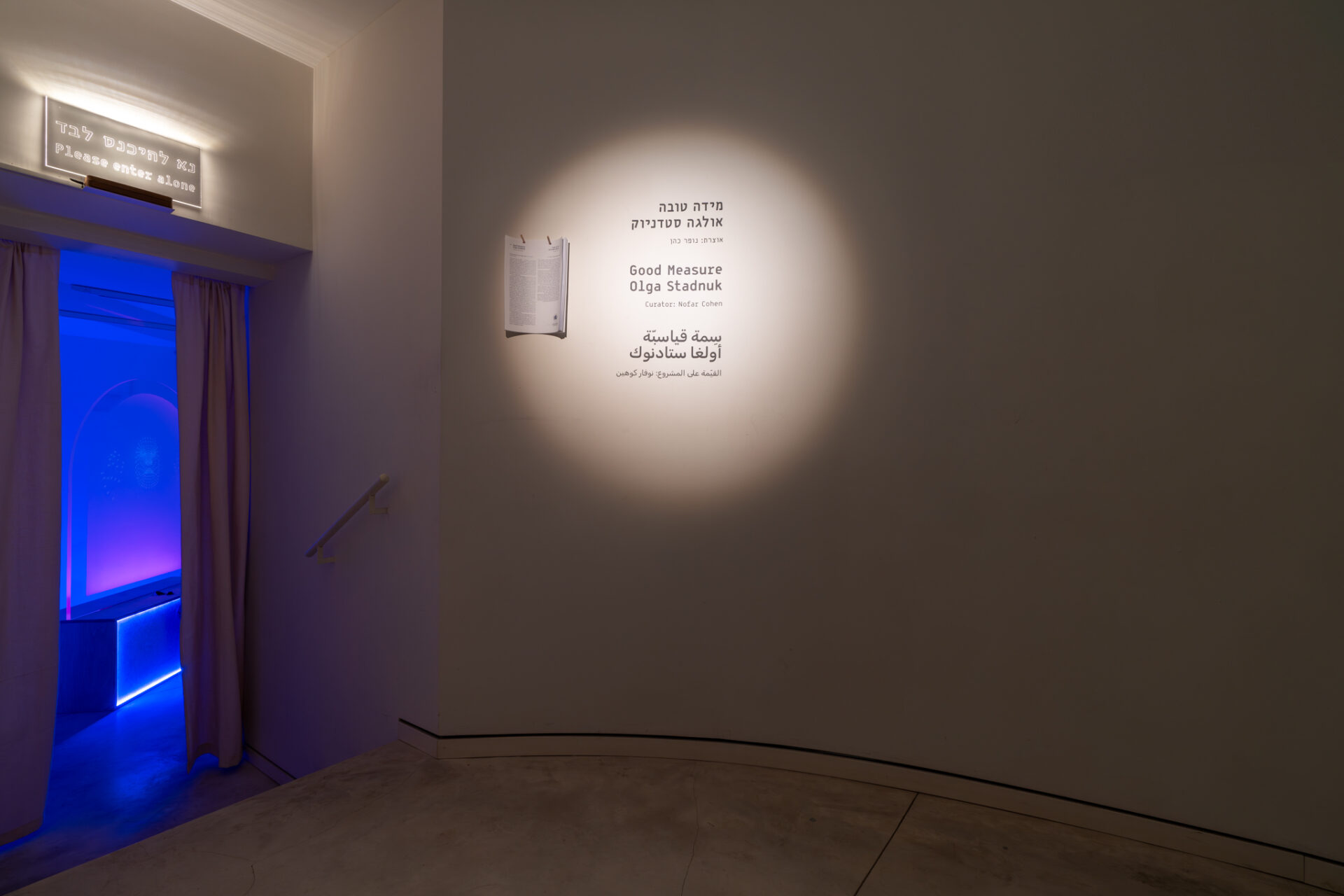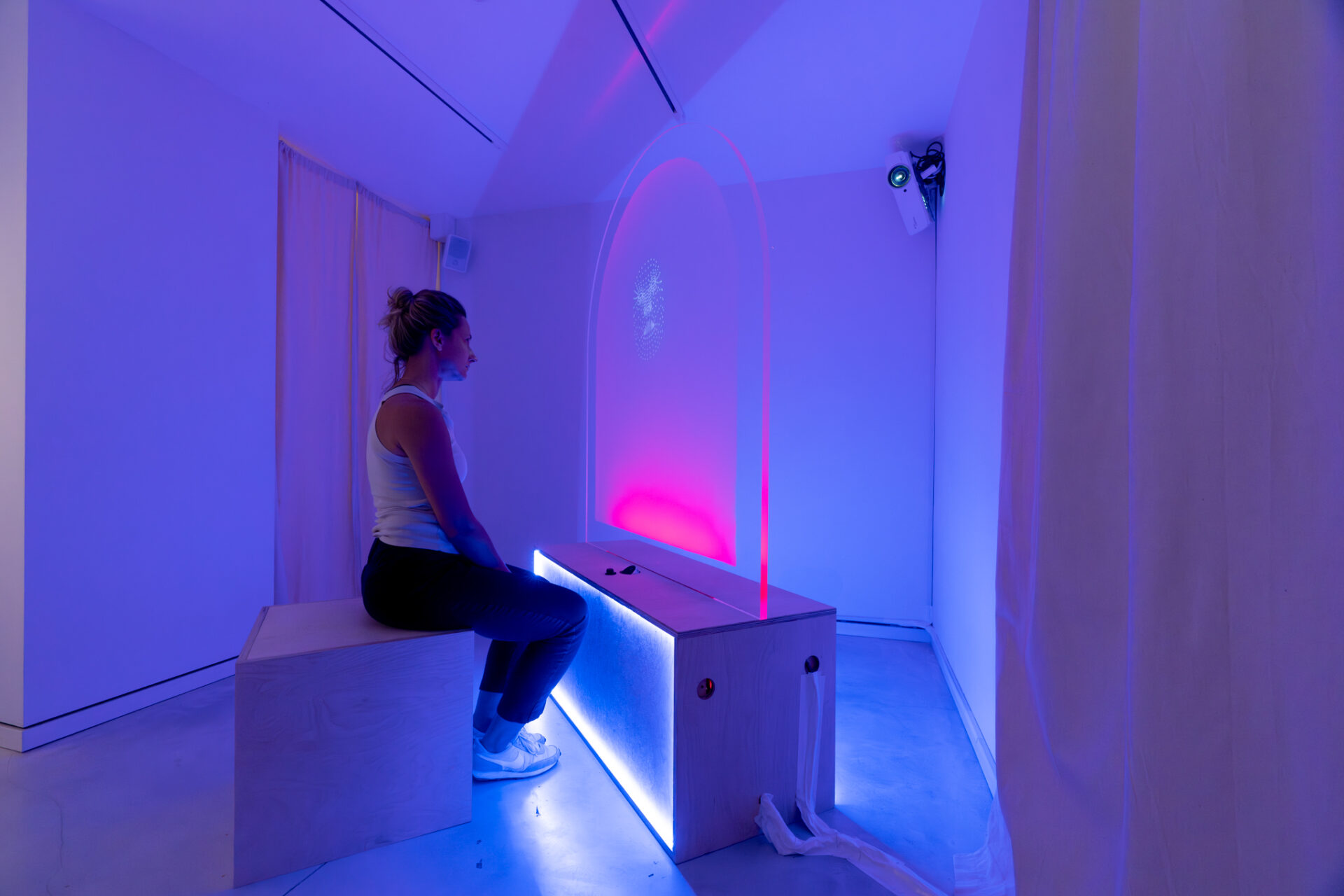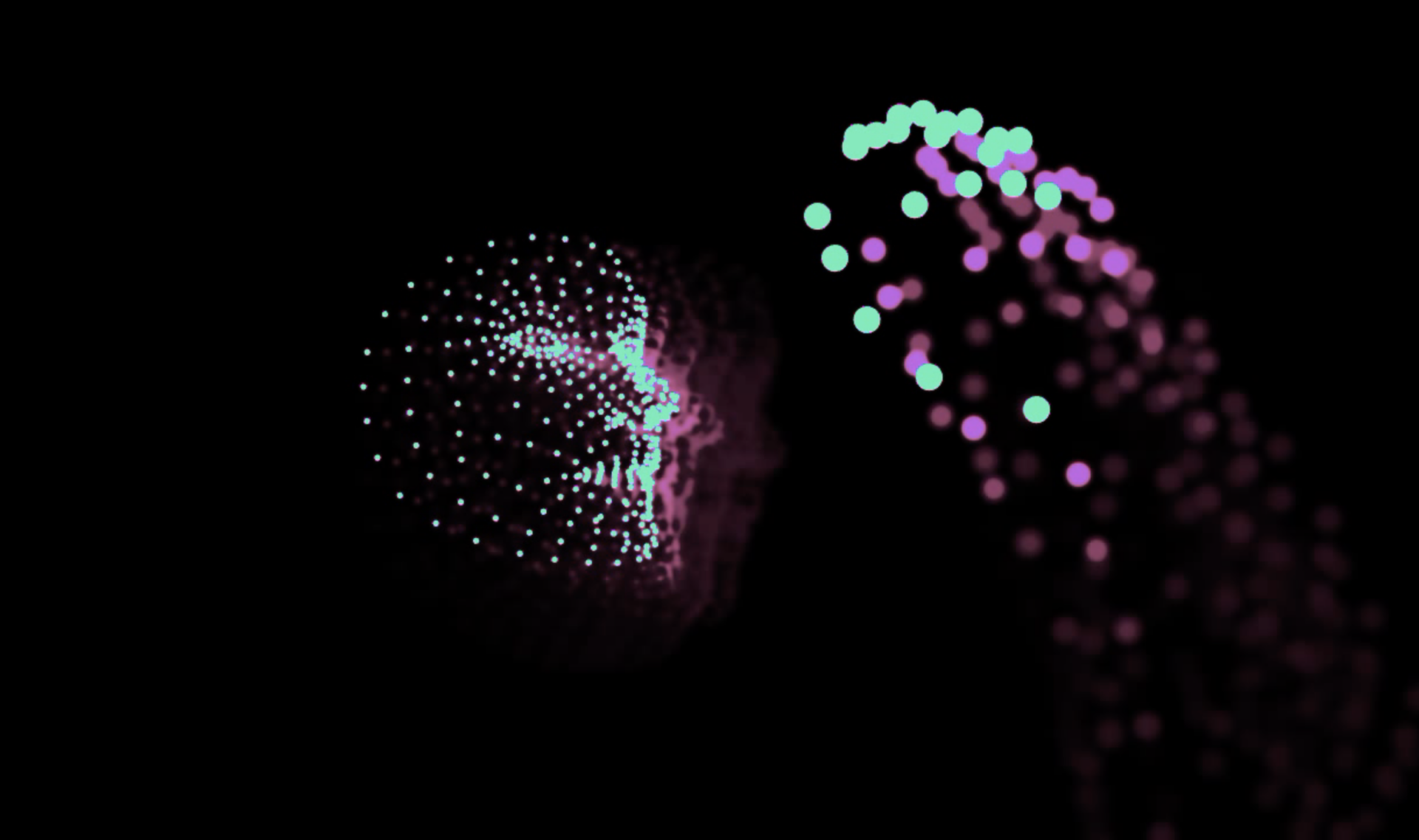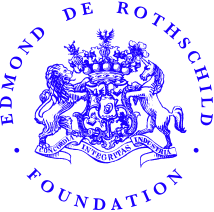Solo at Rothschild
a space for solo exhibitions, created by the Edmond de Rothschild Center especially for members of the Edmond de Rothschild Center network. Its purpose is to foster the development of new projects and facilitate the production of existing works by providing curatorial guidance and encouraging group thinking processes.
The current series of exhibitions seeks to address the concepts monologue/dialogue – on their own and the tension between them – in a way that invites a broadening of their meanings, as an observation of two types of discourse whose main purpose is communication of a message, a position, or an opinion.
Monologue/Dialogue
Four solo exhibitions at the Edmond de Rothschild Center, floor1-
May-November 2024
Participants: Olga Stadniuk, Mor Peled, Tom Maor, Ronel Pines
Curators: Nofar Cohen, Rotem Kaplan, Reut Kremer Segal, Sofia Paks
First Exhibition on Monologue/Dialogue
Olga Stadniuk | Good Measure
Curator: Nofar Cohen
“Let us make man in our image, after our likeness” (Genesis 1:26)
All-seeing and invisible – artificial intelligence observes us from a unique position . From this place it learns, surveys, and monitors, sometimes without our knowledge, and echoes back to us patterns it assimilated during its training. One of the fascinating aspects of artificial intelligence is its ability to learn in an unsupervised manner by identifying hidden structures and reaching generalizations based on exposure to data. The rapid spread of artificial intelligence in our lives raises questions about the direction of the development of these systems as well as the ethics and politics of technology.
In the exhibition Good Measure, Olga Stadniuk lays the foundations for the construction of a moral and benevolent artificial intelligence by turning the spotlight on how we participate in and take responsibility for our dialogue with the machine. The exhibition space is transformed into a learning chamber, a room dedicated to the collection of data from which a benign artificial intelligence model will be built. Stadniuk asks visitors to stop and ask: What would we like to cultivate in a machine that is made in our image? She proposes a return to the virtues – the set of human values, which may vary between cultures, religions, and eras that allow a person to partake in the world in a pleasant and moral way. How does the body respond – in movement, voice, and emotion – when talking and thinking about virtues? If we give them expression here, in this very space, how will artificial intelligence reflect them back to us in the future?
Stadniuk places a luminous monolith in the space, a singular object that records and processes data through sound and image, and allows the audience to take an active part in training the artificial intelligence. The data entry process becomes a sacred personal experience, a moment of opportunity for giving and for generosity. At the end of the exhibition period, the collected data will be stored in a publicly accessible database and will be used in the development of future artificial intelligence applications.
Alongside suspicions the new technology arouses, and in view of the dark times we currently find ourselves in, the exhibition asks visitors to trust – no small thing – and to give something for the common good. At the same time, it raises philosophical and practical questions about the possibility of coding and quantifying the most sublime things in the human soul, and suggests that in order to build good machines, we must first remember what it is that makes us human.
Object design: Tal Penso
Sound design: Nir Jacob Younessi
Website: Viki Stadniuk
